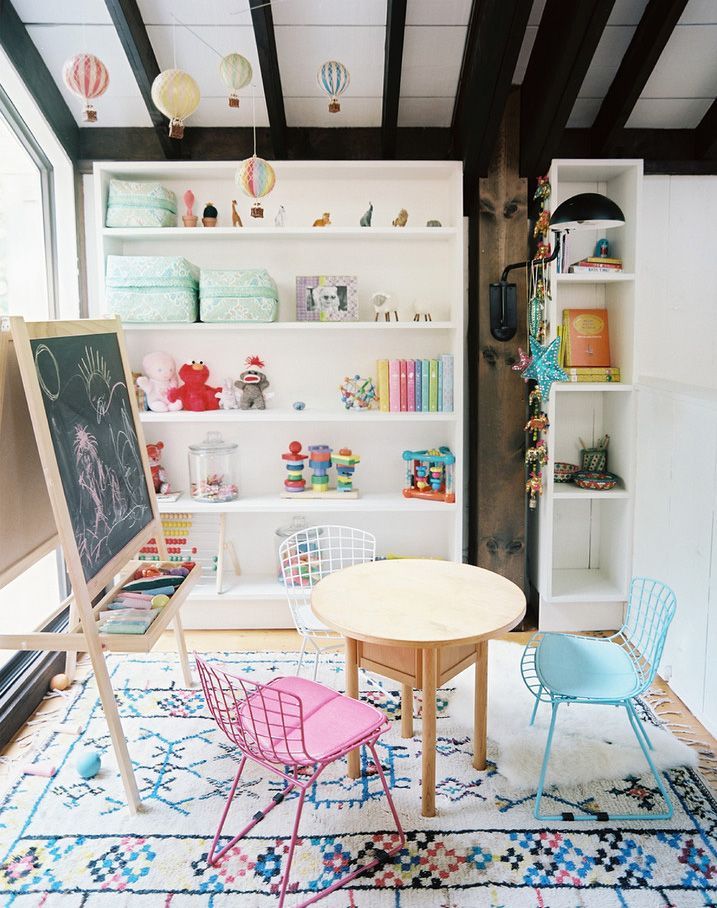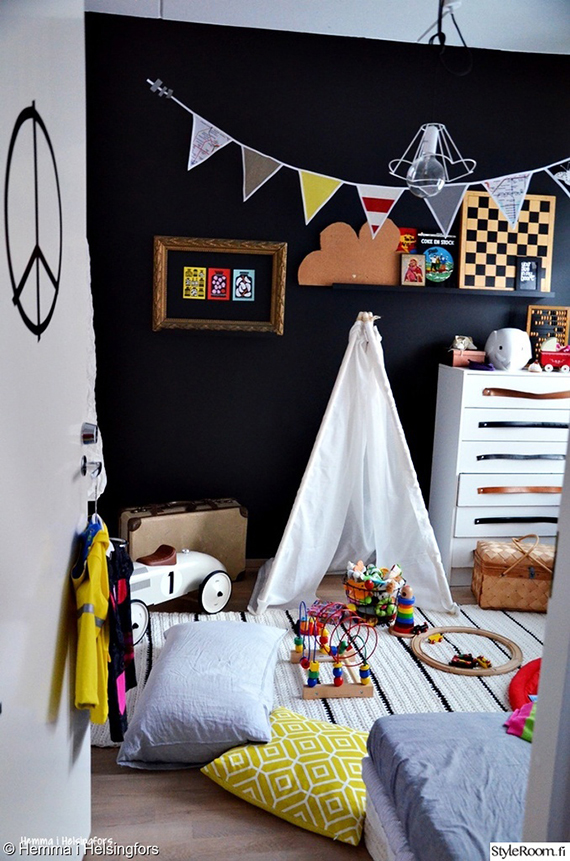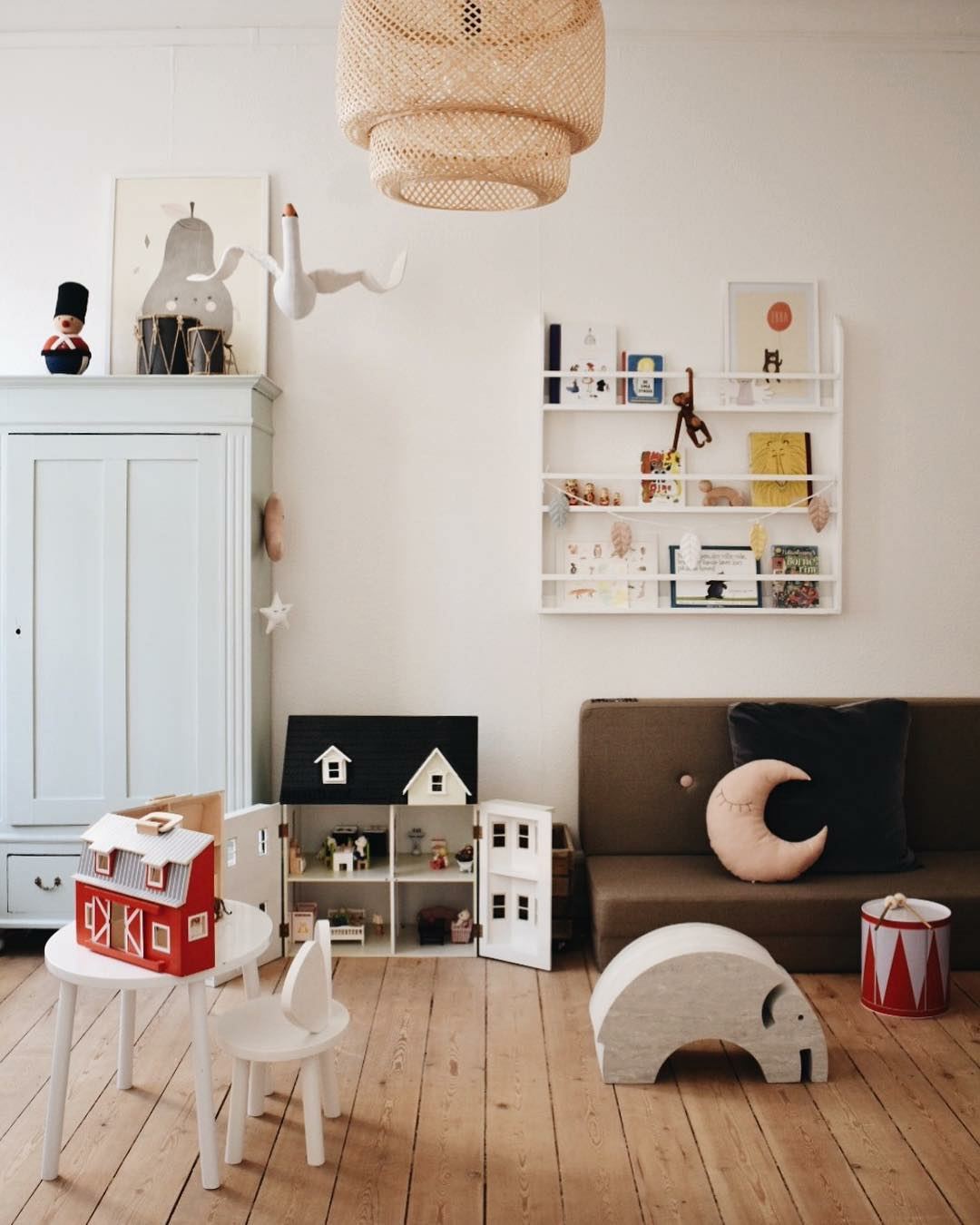Kids Interiors Tips for Designing a Playroom

You might be lucky to have a whole room that you can dedicate to your child’s or children’s playroom but if you don’t, a corner of the kid’s room or even a living room can be transformed into a creative and inspiring playing nook.
Here are a few ideas and tips that you need to think of before getting started.
1. Involve your kids in the design-making process:
You can have fun doing this by asking questions how they like to play and what they love playing the most and getting inspired through Pinterest and books together with your child.
2. Don't get overly themy even if your little one is very persuasive about a "Princess" or "Dragons" playroom:
Think of ways to incorporate the theme in details and toys rather than overwhelming the whole room in themed wallpaper and matching curtains.
Children very quickly change their taste and find new ideas at this age so the ideal playroom should be able to follow their changes and grow with the child.

3. Think of ways to zone the space according to the different activities:
Reading, for example, is much more comfy and inviting on a soft mattress or big cushion on the floor than at a desk or play-table.
Playing with dolls might be more comfortable sitting on low stools or poufs than on the floor and playing with cars, Lego or train tracks might be better on a washable flatweave rug than directly on the wooden floor.
4. Toys scattered around the space are neither safe nor practical:
You or your child can trip over a toy or simply you can't find the doll's dresses anymore or all the cars going into the parking house!
So think about your storage planning carefully. Ideally, have separate boxes or baskets for different toys but don't forget that these have to be within easy reach for your children. You don't want to tuck everything in either. Open shelves are especially necessary for books or for bigger items such as the dollhouse or cute plush toys that contribute to the charm of the playroom.

5. Think about integrating a cozy hideaway:
Children love to explore their imagination in their own little private world where they can feel independent. Children love to show what they have drawn or built.
They will also ask you to play with them or simply watch what they are doing from time to time, so make sure there is plenty of space for yourself in the room where you feel comfortable too. This might require an extra chair at your height next to the play table or a comfy armchair in a corner where you can sit for hours at end.
6. For safety, think about tucking away loose electric cords behind furniture or pasting them against the walls:
Don't place task lighting on a table or shelf with the cord hanging down at the side if the child is very young as he might pull it or trip on it with the lamp falling down.
The best option is one ceiling light only. Opt for blinds instead of curtains as the latter can be risky if the poles aren't fastened with rock-solid fixtures.
And our last tip would be to keep the door open at all times or not to have a door so you can hear or see your child at all times.

Tips for designing a playroom by Kids Interiors
Kristine McVeigh, Kids Interiors founder
—
03















